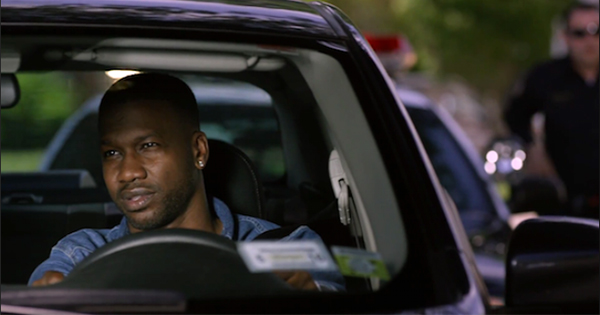
With the 53rd anniversary of the assassination of Malcolm X, once more Nation of Islam leader Min. Louis Farrakhan has come forth to deny any wrongdoing. Malcolm X was once a fiery leader and spokesperson for the NOI, but many allege the group had him killed after he split with the group citing philosophical differences.
Born Malcolm Little on May 19, 1925, the future civil and human rights activist found Islam in prison by way of a fellow prisoner. Becoming a dutiful student of then NOI leader, the Honorable Elijah Muhammad, he changed his name to Malcolm X to reflect his teachings and do away with his “slave name.”
Malcolm X quickly rose in the NOI ranks, weaving between his rapid-fire intellect and sharp oratory skills to present a Black nationalist agenda framed under the umbrella of religion. However, Malcolm X discovered Sunni Islam, an orthodox form of the religion, and changed his stances after making the pilgrimage to the Holy City of Mecca as required of many Muslims.
Returning home as El-Hajj Malik El-Shabazz, he still maintained a nationalist bent but leaned towards a humanist approach as expected of those in his religion. This split from the NOI was allegedly criticized and rumors persisted that the group wanted to end his life. Two days before his assassination, Shabazz reportedly told legendary photographer Gordon Parks that the NOI was looking to kill him.
On February 21, 1965 at Manhattan’s Audubon Ballroom, Shabazz was set to address a crowd of guests on behalf of his Organization for Afro-American Unity group. Despite being surrounded by bodyguards, a lone gunman from the crowd produced a shotgun, shooting the leader once with two other assailants finishing the deed. In all, Shabazz was shot 21 times.
Over the years, Min. Farrakhan has been pegged as the mastermind of the plot but has taken pains to deny the charge. This week alone, Farrakhan took to Instagram to strike down the claims and demanded that the federal government release files on the matter to the public to quell the chatter around the unfortunate death of one of Black America’s greatest figures.
READ MORE STORIES ON BLACKAMERICAWEB.COM:









